Books that changed my view on nutrition
Just a few years back, publishing a book was a symbol of trust because books could only be published through a small group of information gatekeepers (i.e. publishing houses).
This made publishing more difficult for individuals but it largely helped protect readers from unqualified authors and fraudulent information.
Nowadays, the gatekeepers are gone.
Traditional book publishing decisions are driven primarily by the likelihood that a book will sell and not necessarily by the book’s credibility.
So beware.
Just because someone’s written a book doesn’t mean that the book is valuable, or useful. Nowadays, with the help of chatbots, you can have a book written in just a few minutes.
A recent study of the top 100 most popular books on nutrition in Canada found that “32 out of 96 books cited no scientific evidence. 18% of books written by physicians and registered dietitians contained no scientific citations, compared with 49% of books written by authors with other credentials.”
But good books, written by trustworthy authors, can deliver valuable information because they can provide a much deeper exploration of particular topics.
Today I want to share the books that changed my perspective on nutrition (in no particular order).
📗Lean Habits
by Georgie Fear is about how to become lean and strong by building healthy eating habits. She showed me why calorie counting and macros aren’t that important in the long run and why I turned my attention to behavioral psychology.
🎙 Interview Habits to Get and Stay Lean with Georgie Fear
📗Give Yourself More
by Georgie Fear and K. Aleisha Fetters written for all women trying to lose weight. The book is about how women are influenced from a young age to be smaller, and how this causes them to be physically and mentally unhealthy and unable to get the body they want. It shows how to escape the “smaller is better” mentality and how to give yourself more. A must read for any trainer working with women.
🎙 Interview Give Yourself More
📗Animal, Vegetable, Miracle
by Barbara Kingsolver is a light read full of stories describing the challenges of leaving city life and moving to a small farm. It is light and informative. Here are a few of my notes from the book:
- It takes 87 kcal to transport 1 kcal of fruit from California to New York.
- Small farms under 4 acres are more profitable than large farms. Small farms can produce high quality at a reasonable price because they sell directly to the customer.
- Animals, like plants, have largely been genetically modified. Animals such as turkeys have had their sex hormones switched off, so they are lethargic and easily put on weight to such an extent that if we let them loose, they would eventually break their legs under their weight.
📗Nancy Clark’s Sports Nutrition Guidebook
This book is a bible for anyone interested in learning how to eat for health AND performance. In addition to all the helpful information, you’ll find real-life examples in it. I always feel calm and balanced when reading it.
📗Diet Cults
By Matt Fitzgerald addresses the big problem with diets: all the competing views on nutrition claim to be backed by science, but a good look at the actual science of nutrition suggests that it’s impossible to pinpoint a single best way to eat. Instead, we can take a rational approach to eating based on our own habits, lifestyle, genetics, and body type. Matt suggests eating “good enough.”
📗Swole Planet
By Ryan D. Andrews is a book that considers greenhouse gas emissions and farm worker welfare alongside biceps and abs. Ryan’s perspective on food was one of the main reasons I decided to enroll in a Precision Nutrition course.
Loung CY, Sarfaraz S, Carew AS, MacKay D, Cahill LE. Many authors of publicly available top-selling nutrition books in Canada are without clinical nutrition credentials, do not cite evidence, and promote their own services or products. Appl Physiol Nutr Metab. 2022 Dec 1;47(12):1187-1193. doi: 10.1139/apnm-2022-0051. Epub 2022 Sep 29. PMID: 36174235.
Ready to Become a High Performing Athlete?
Find exactly what foods, how much, and when to eat for health and performance, but also for joy.
